-
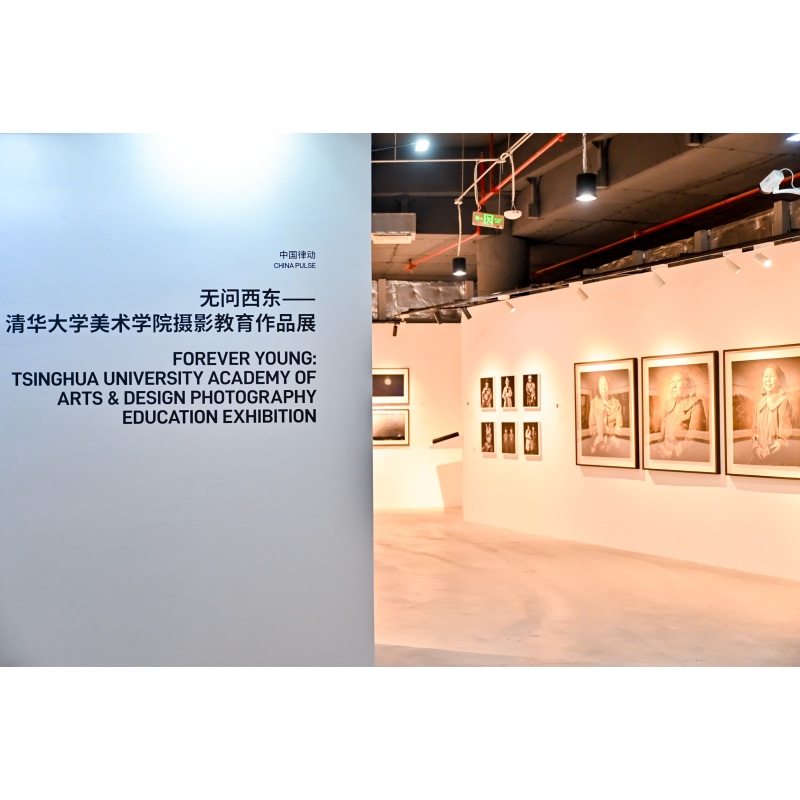
-

-
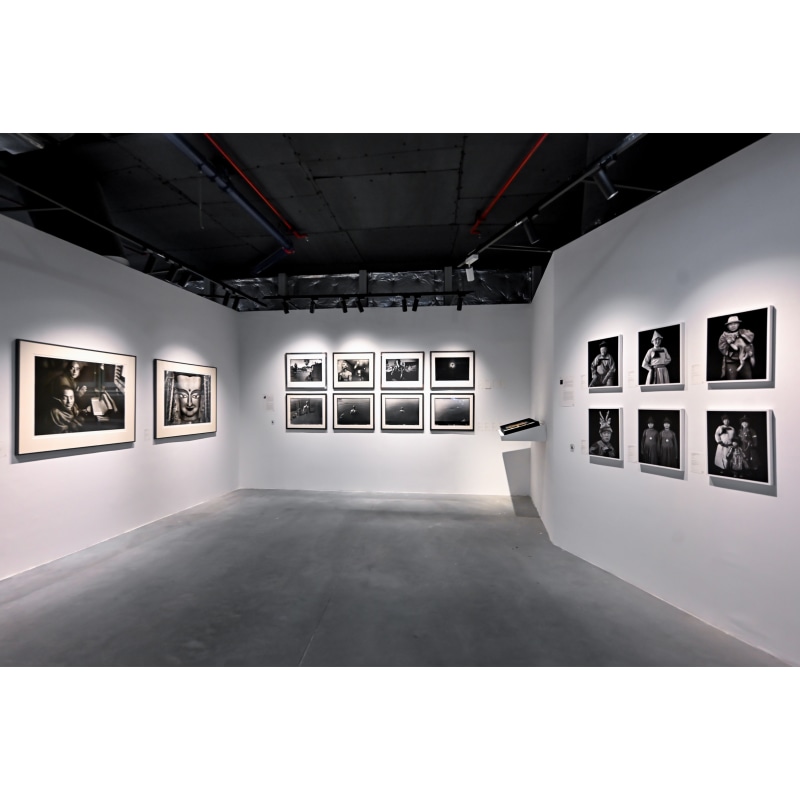
-
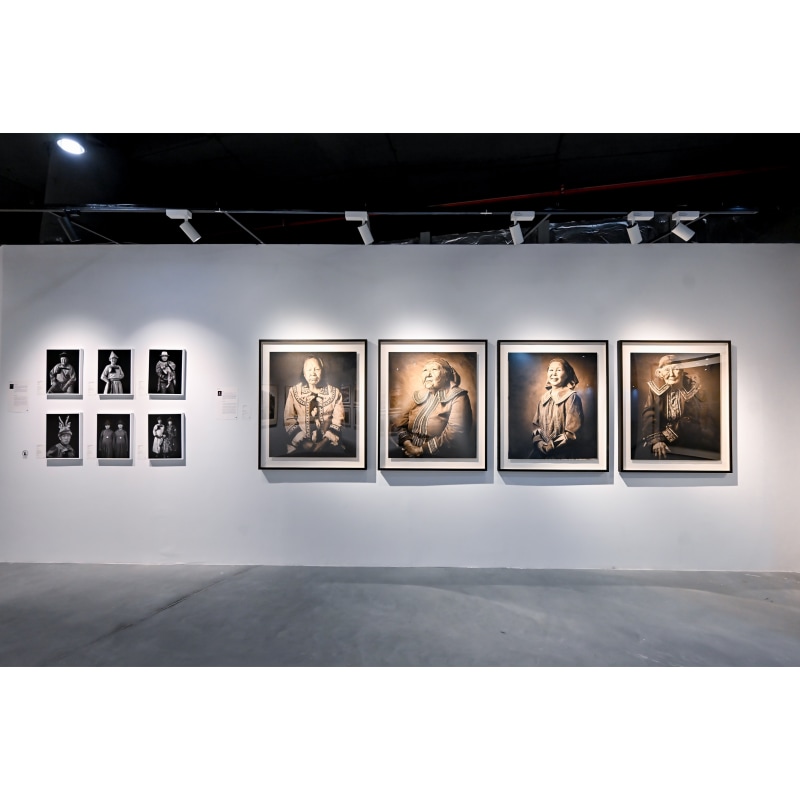
-
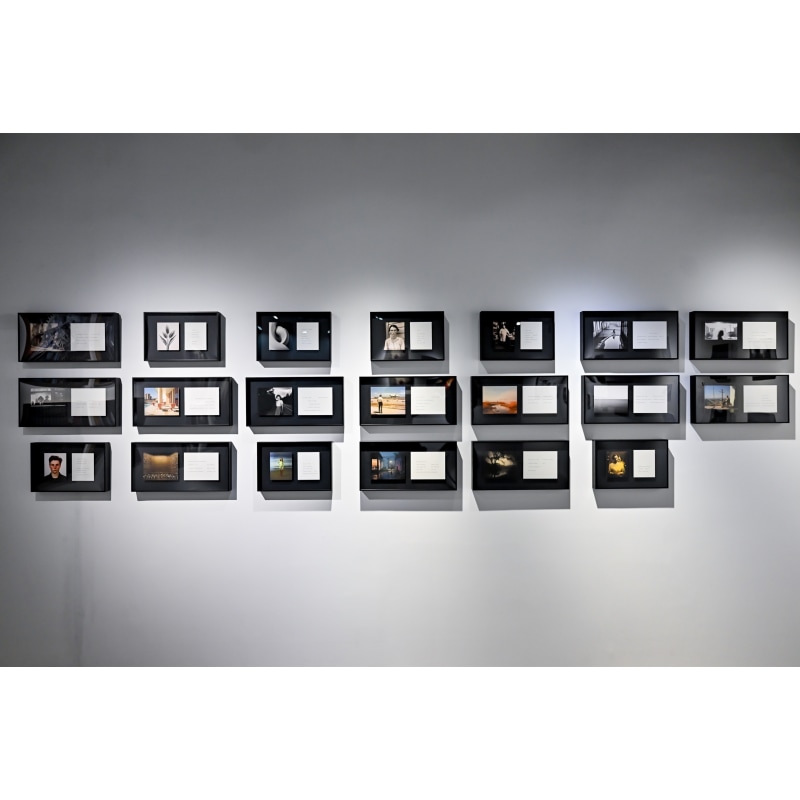
-

-
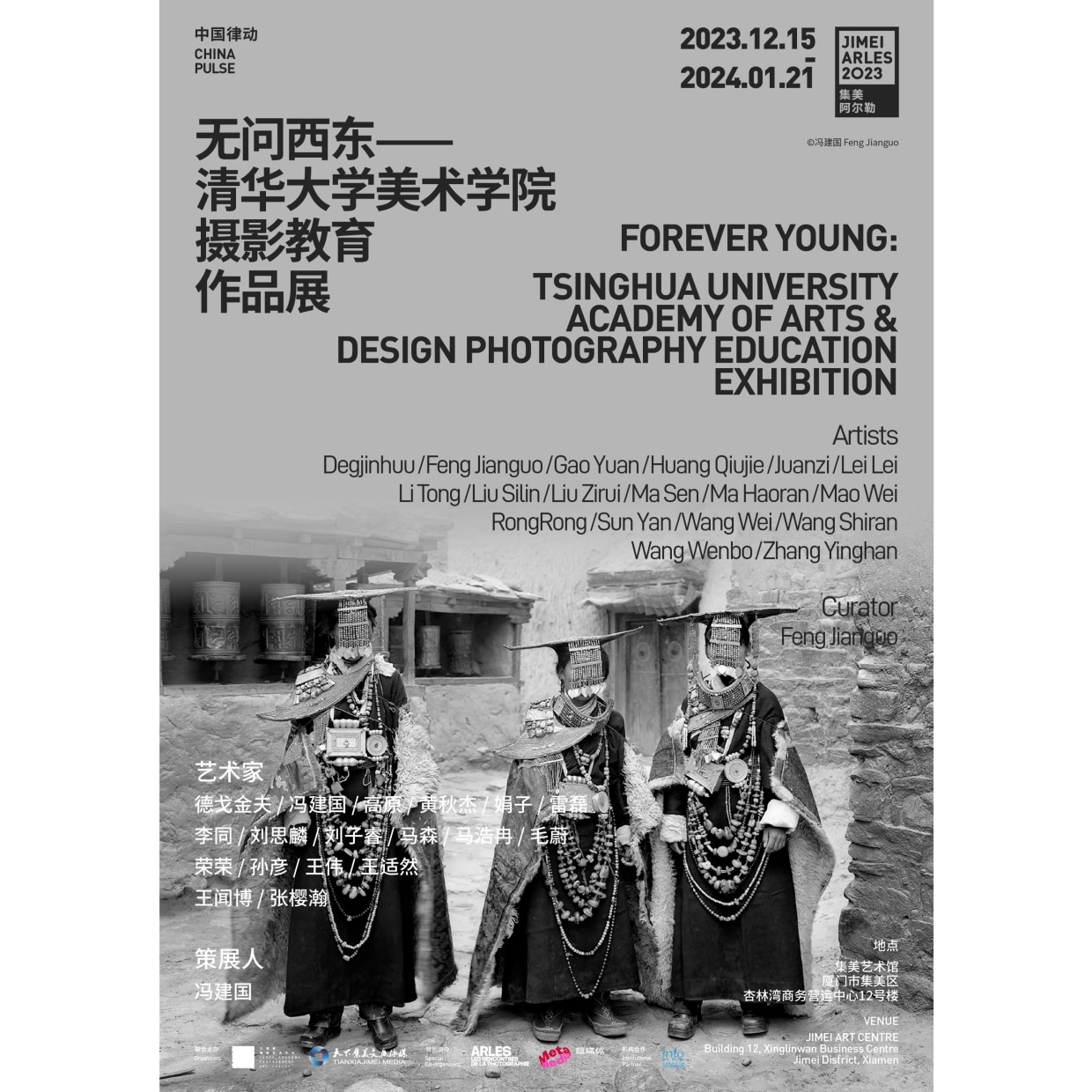
-
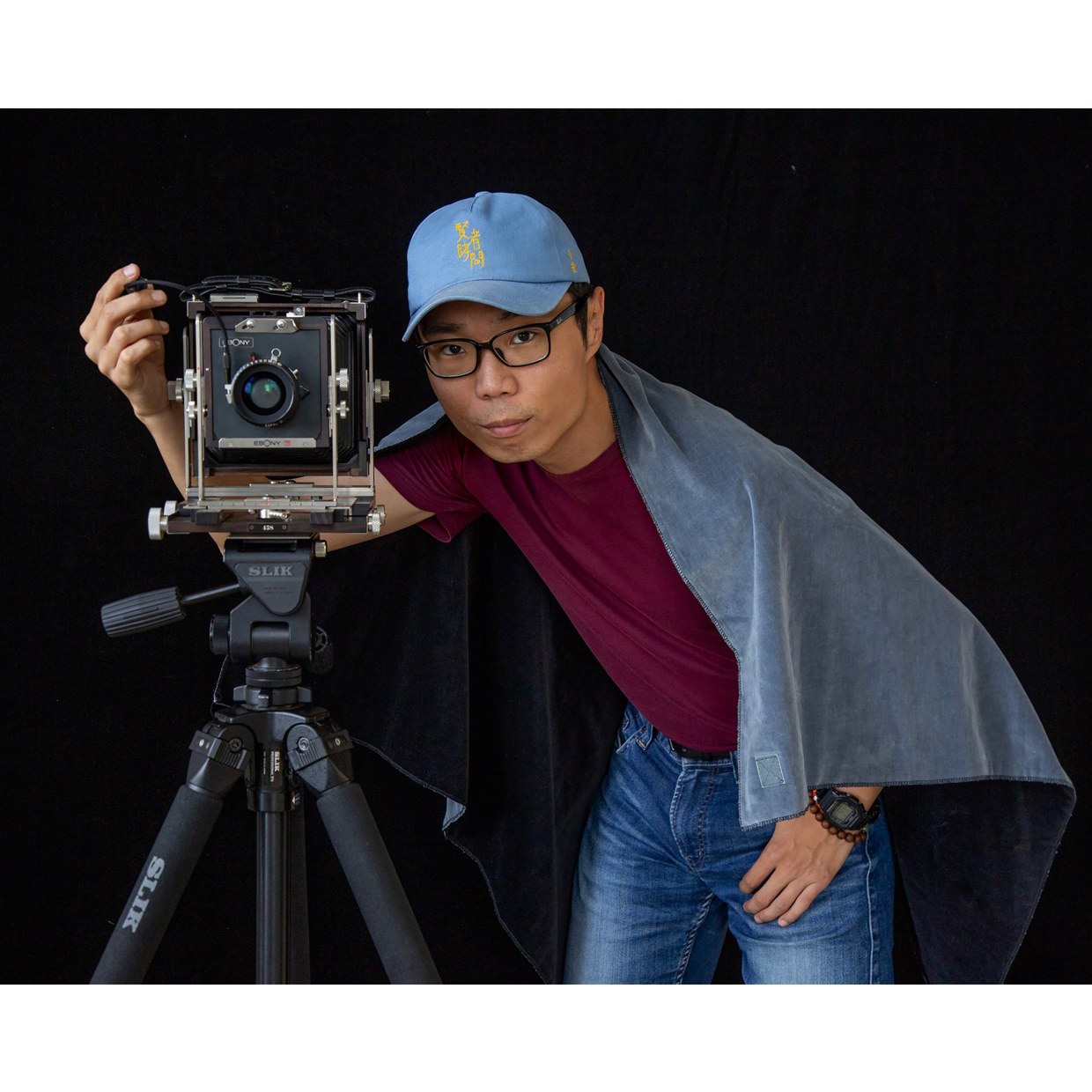 Portrait of Degjinhuu
Portrait of Degjinhuu -
 Portrait of Gao Yuan
Portrait of Gao Yuan -
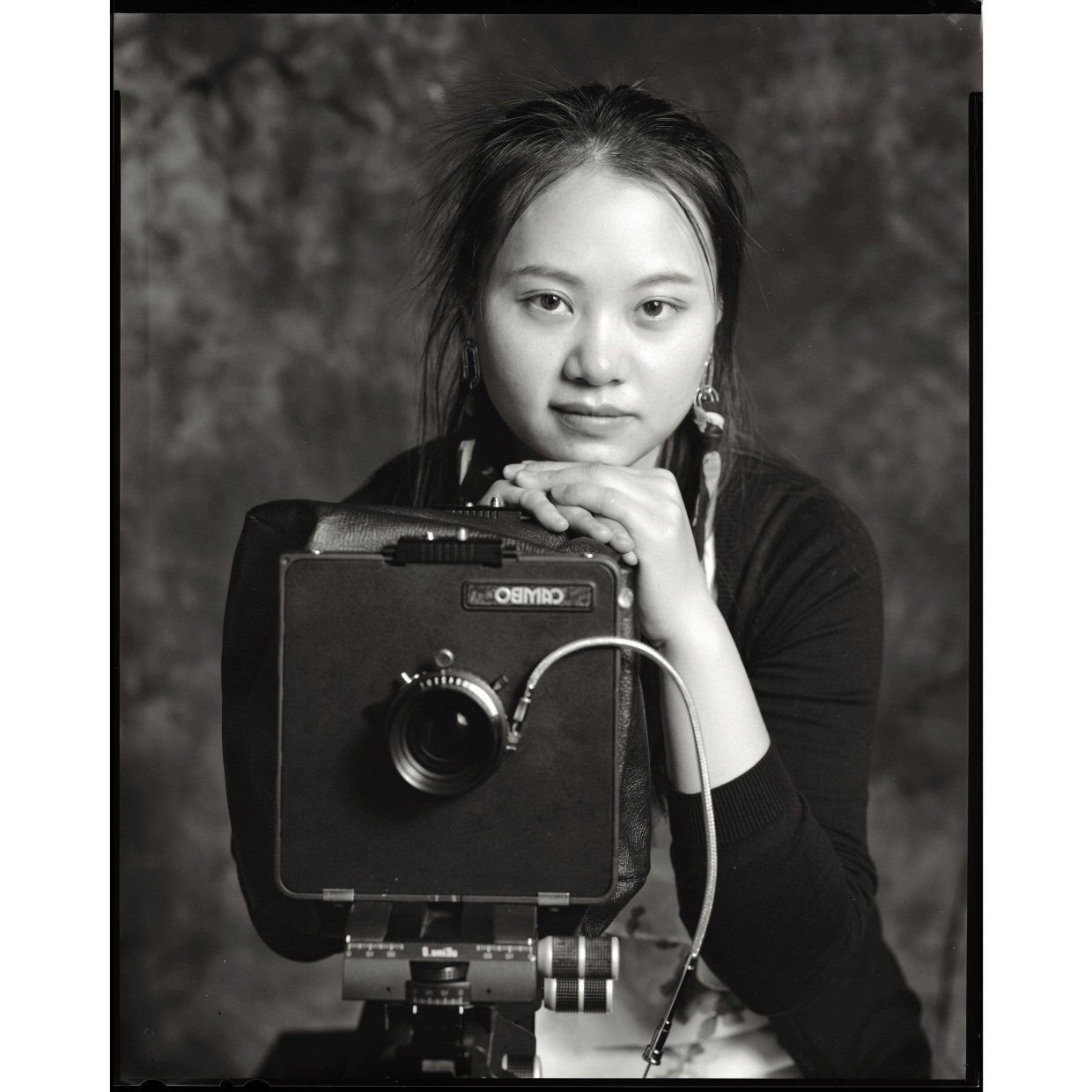 Portrait of Huang Qiujie
Portrait of Huang Qiujie -
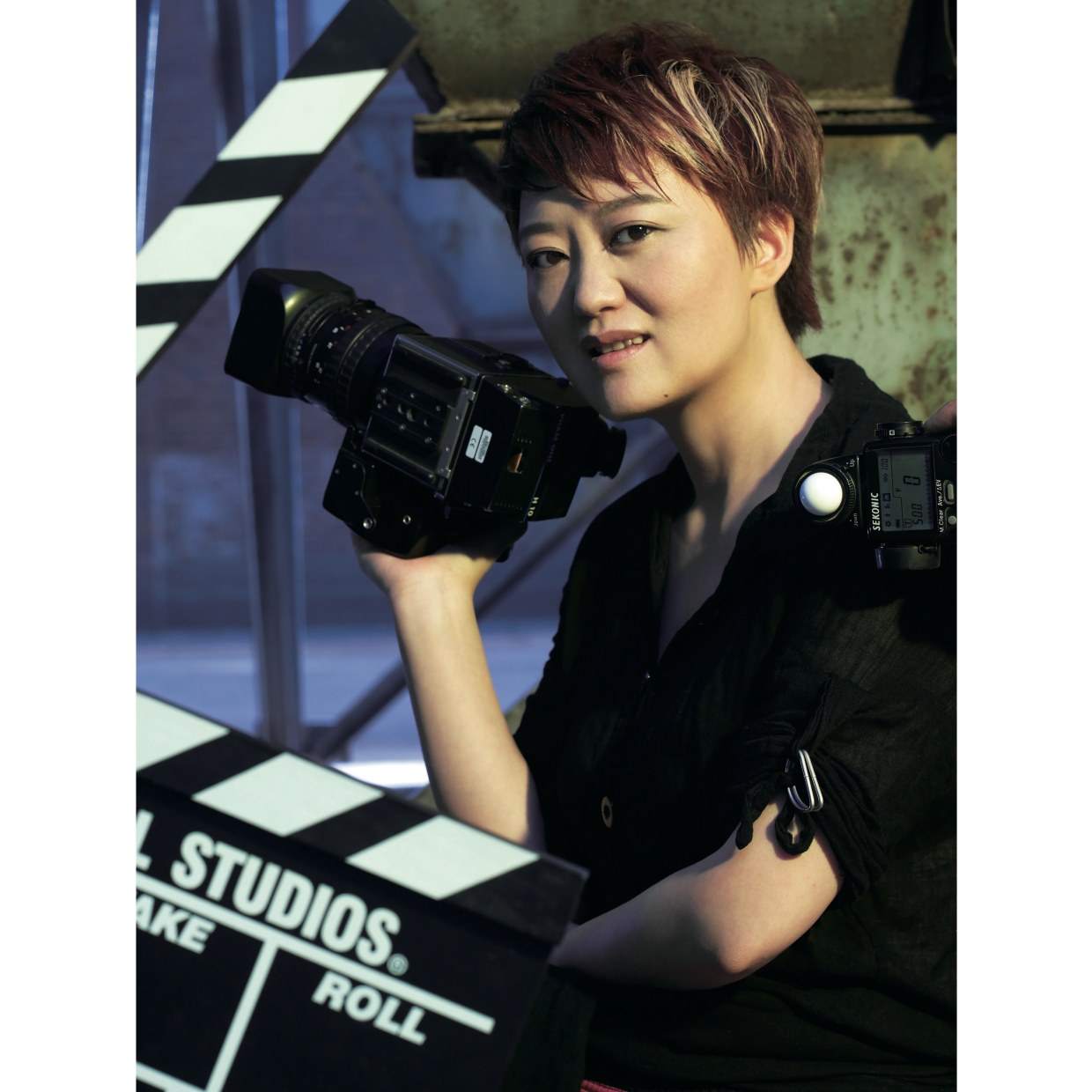 Portrait of Juanzi
Portrait of Juanzi -
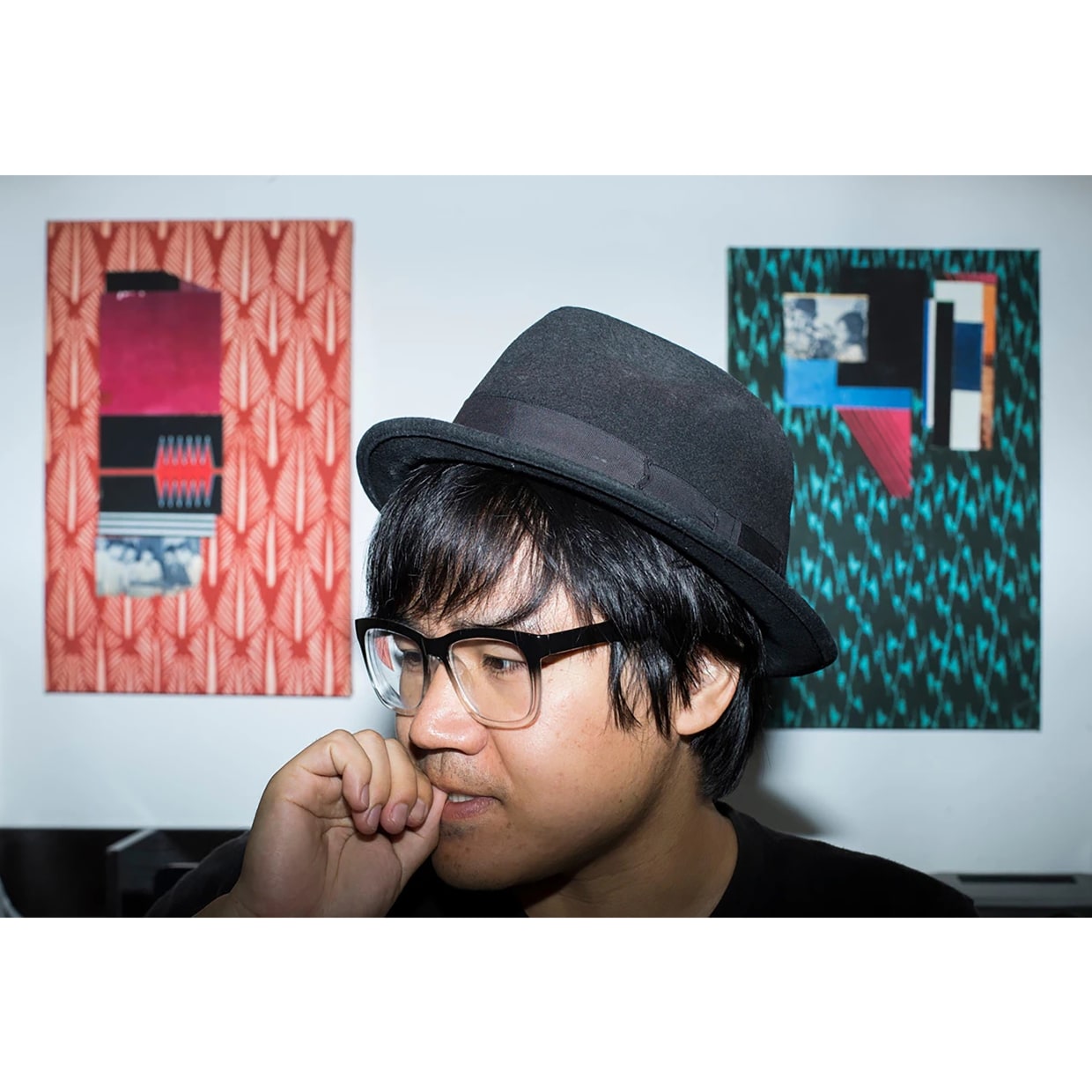 Portrait of Lei Lei
Portrait of Lei Lei -
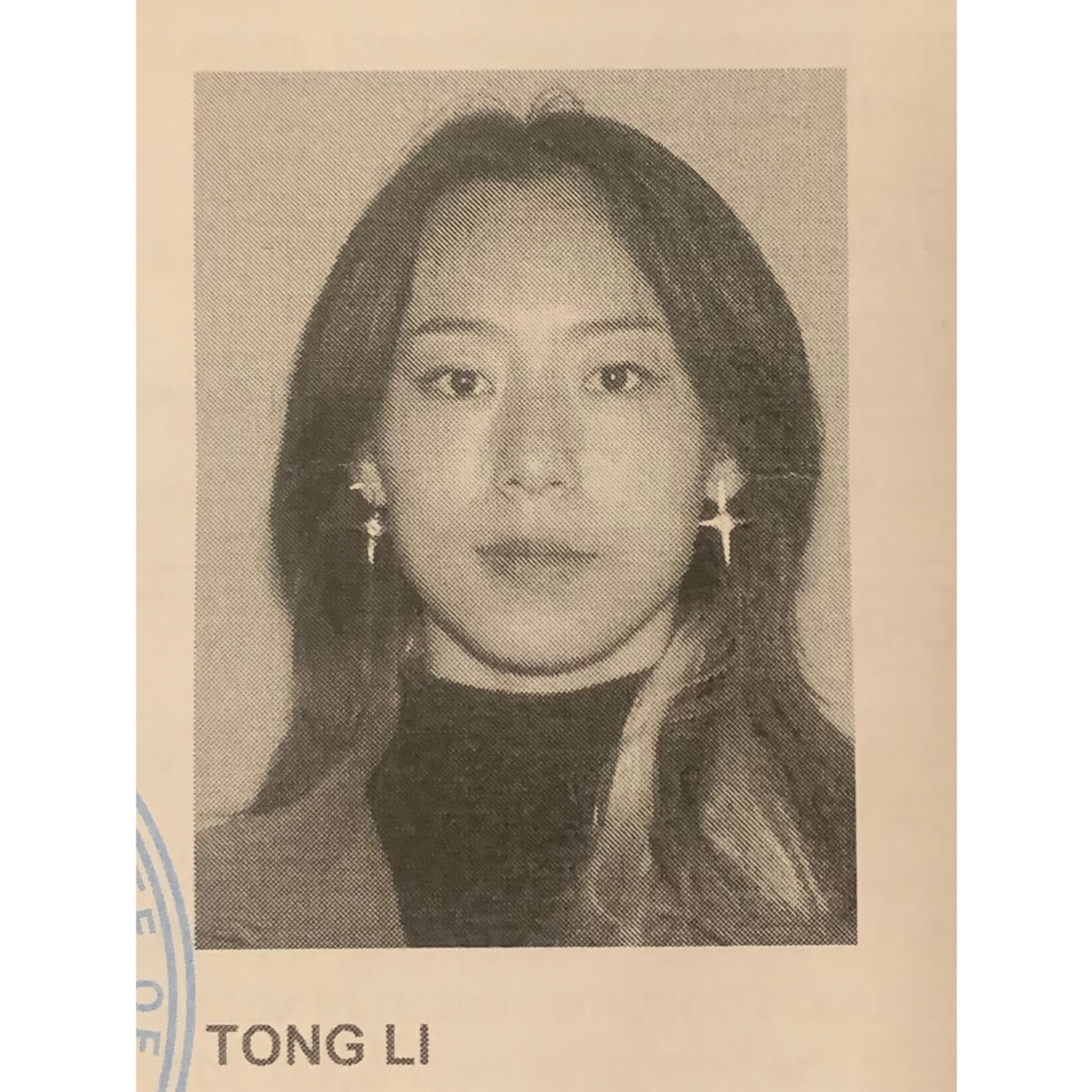 Portrait of Li Tong
Portrait of Li Tong -
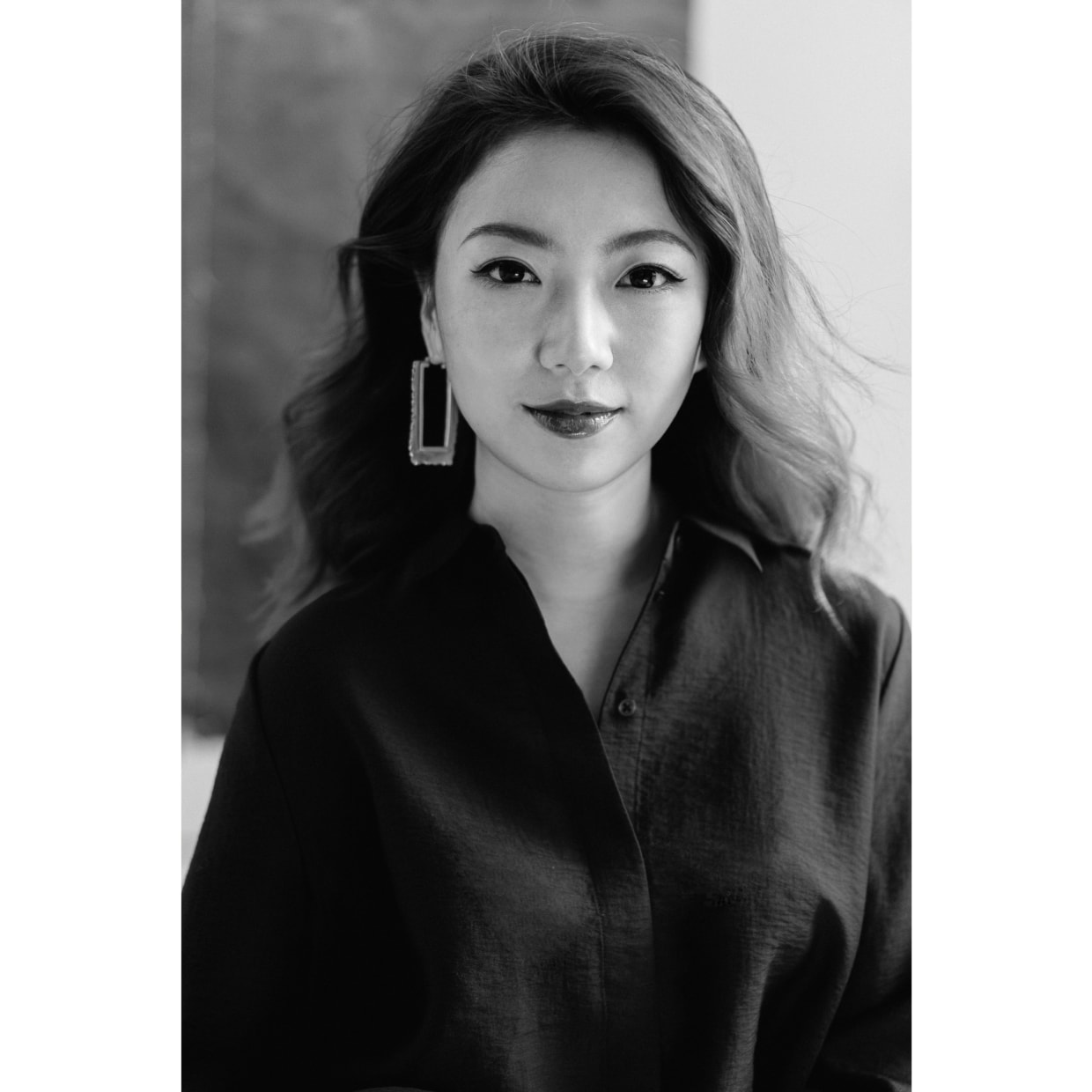 Portrait of Liu Silin
Portrait of Liu Silin -
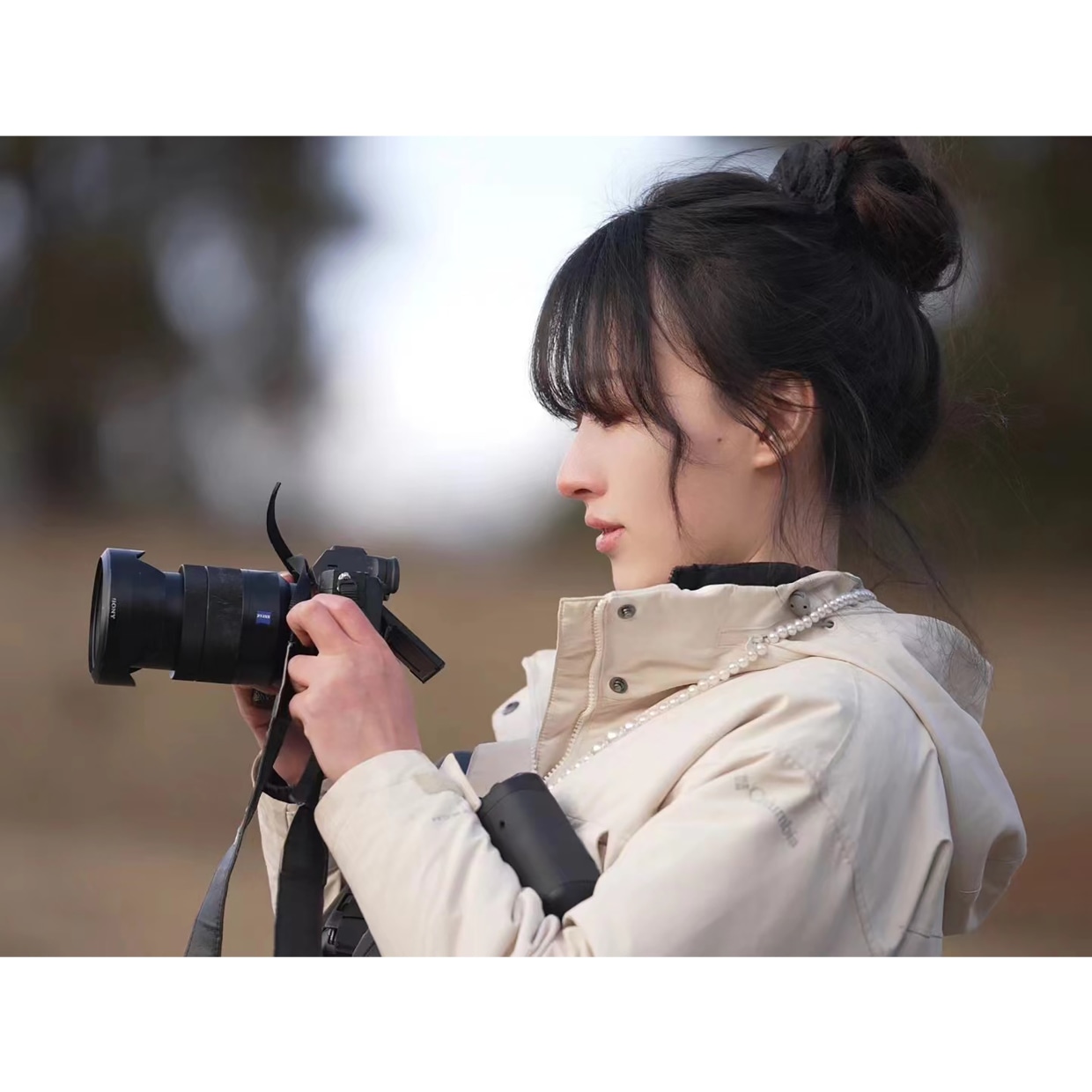 Portrait of Liu Zirui
Portrait of Liu Zirui -
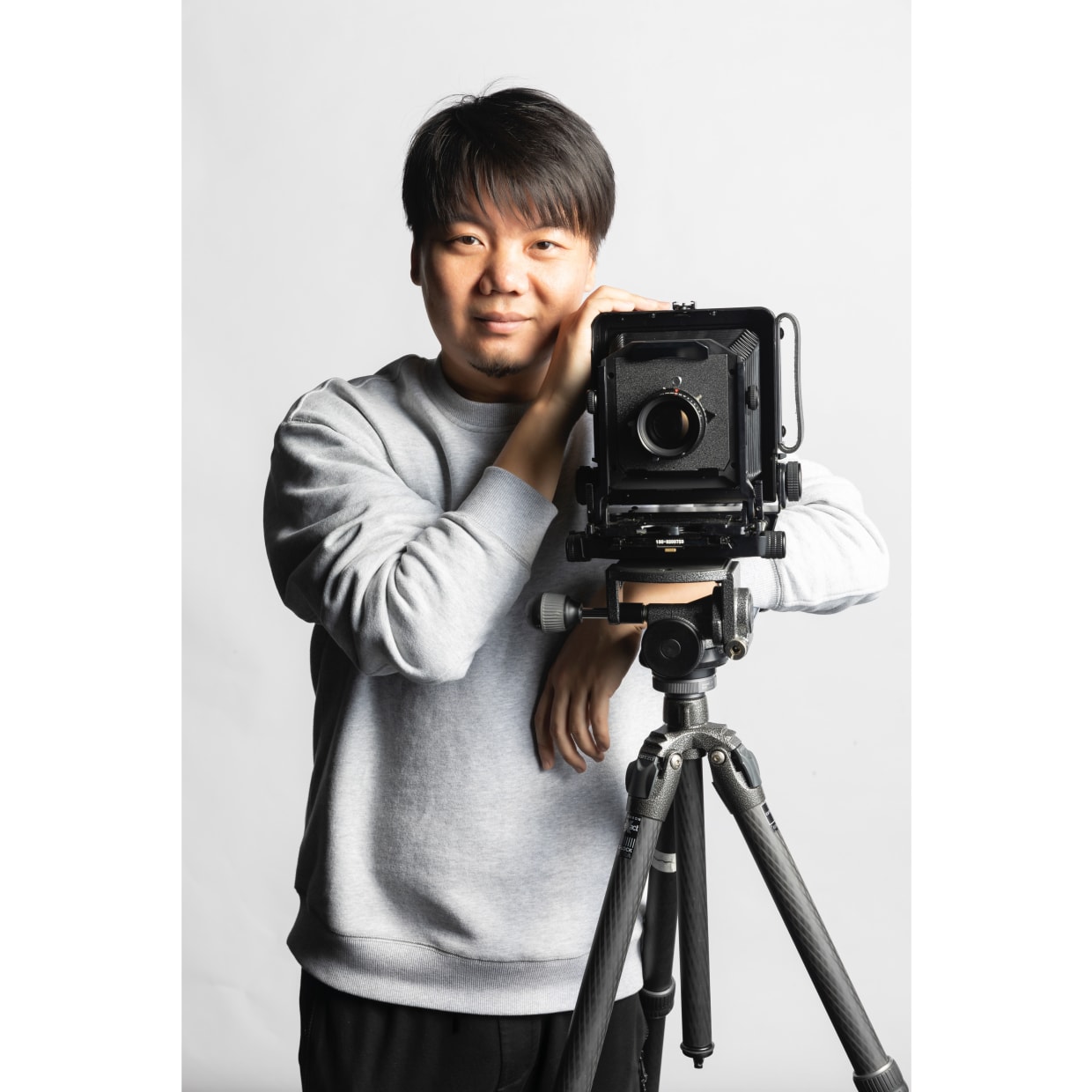 Portrait of Ma Haoran
Portrait of Ma Haoran -
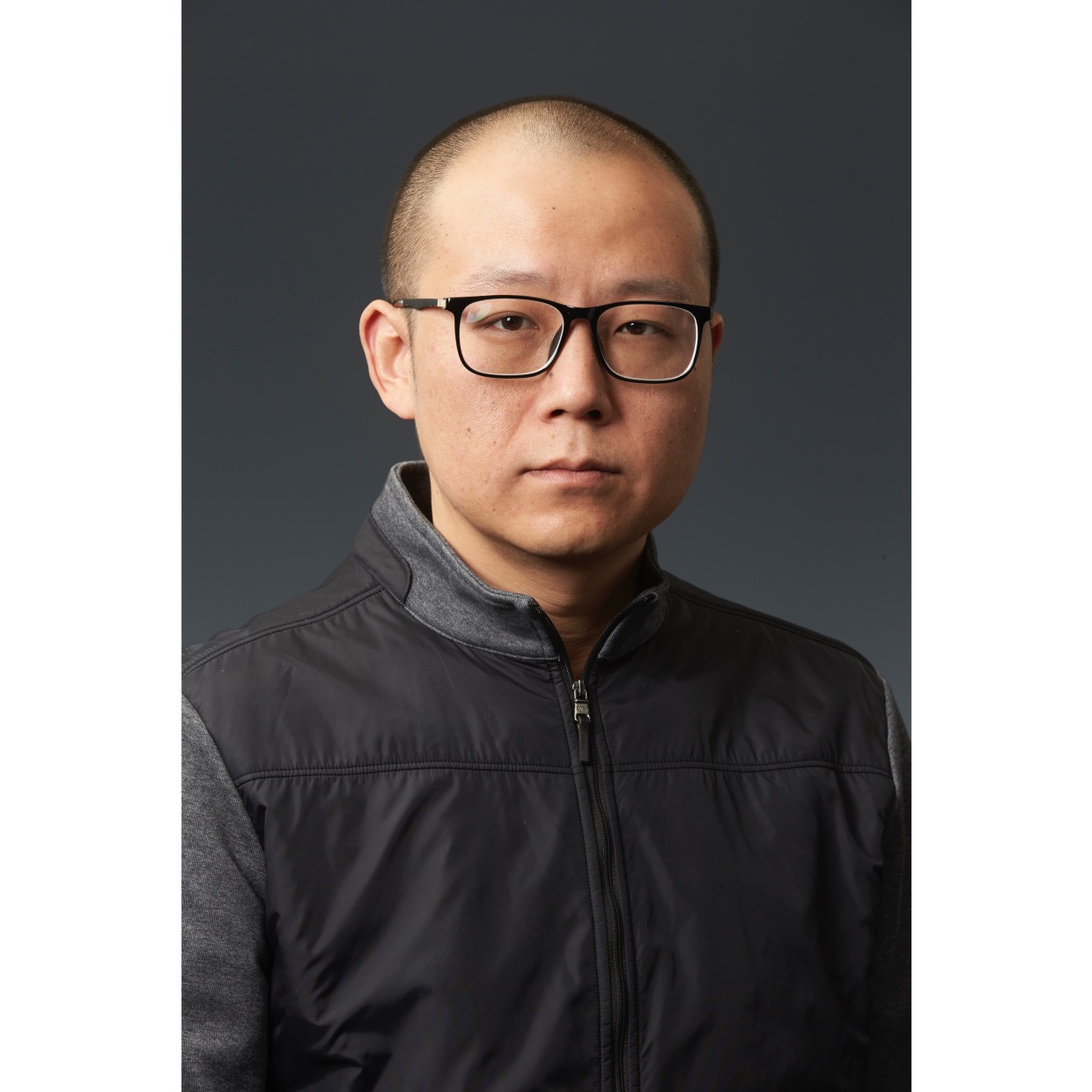 Portrait of Ma Sen
Portrait of Ma Sen -
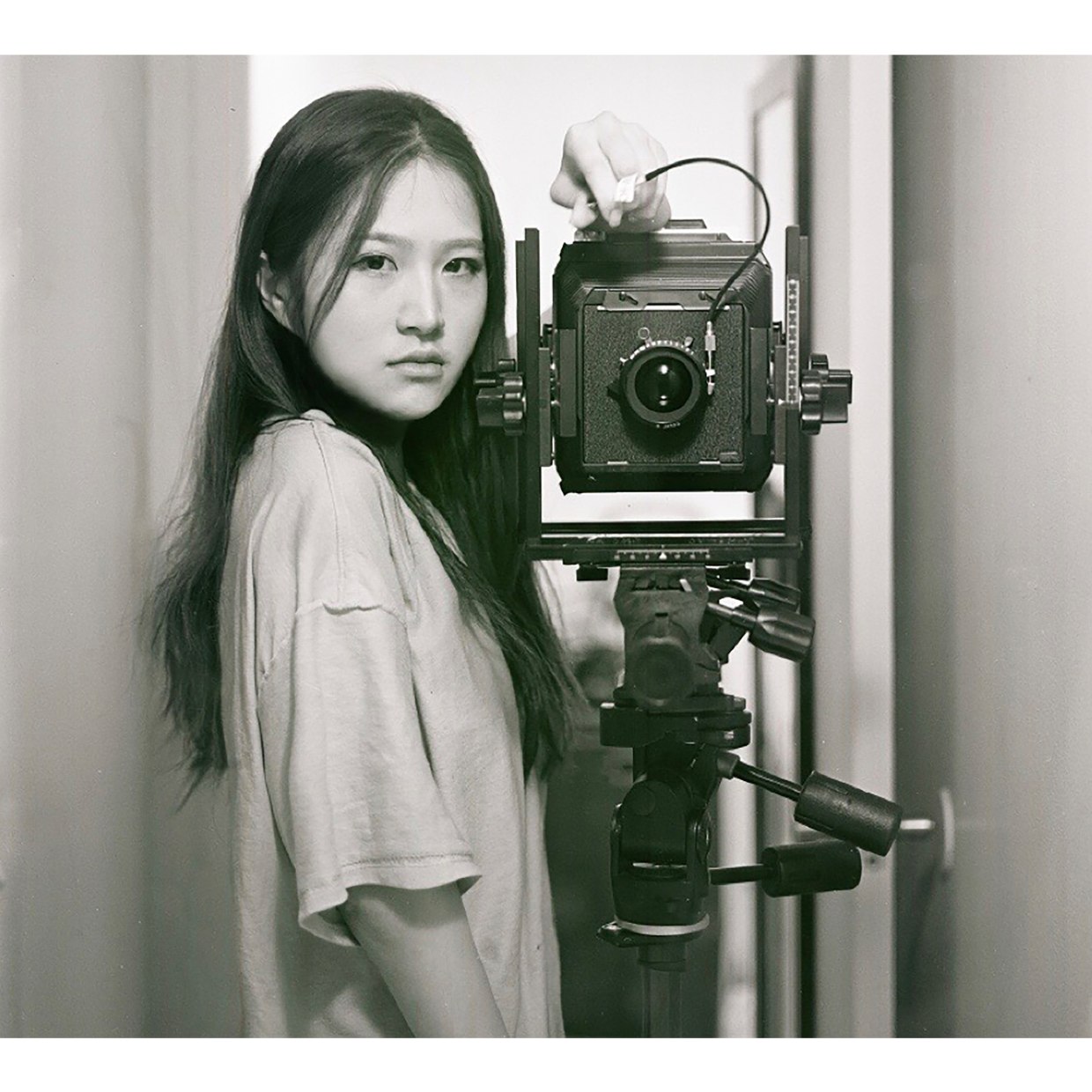
Portrait of Mao Wei
-
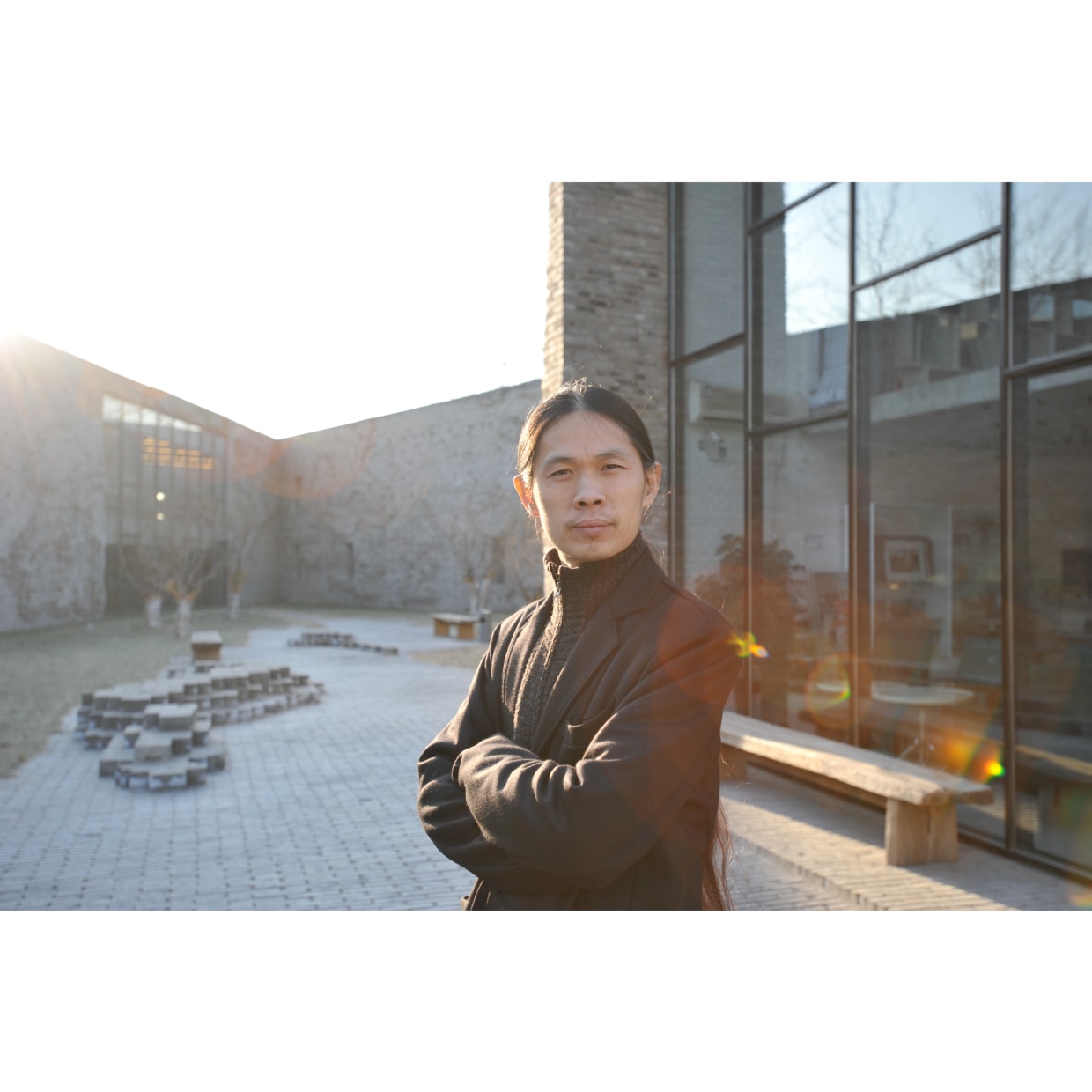 Portrait of Rong Rong
Portrait of Rong Rong -
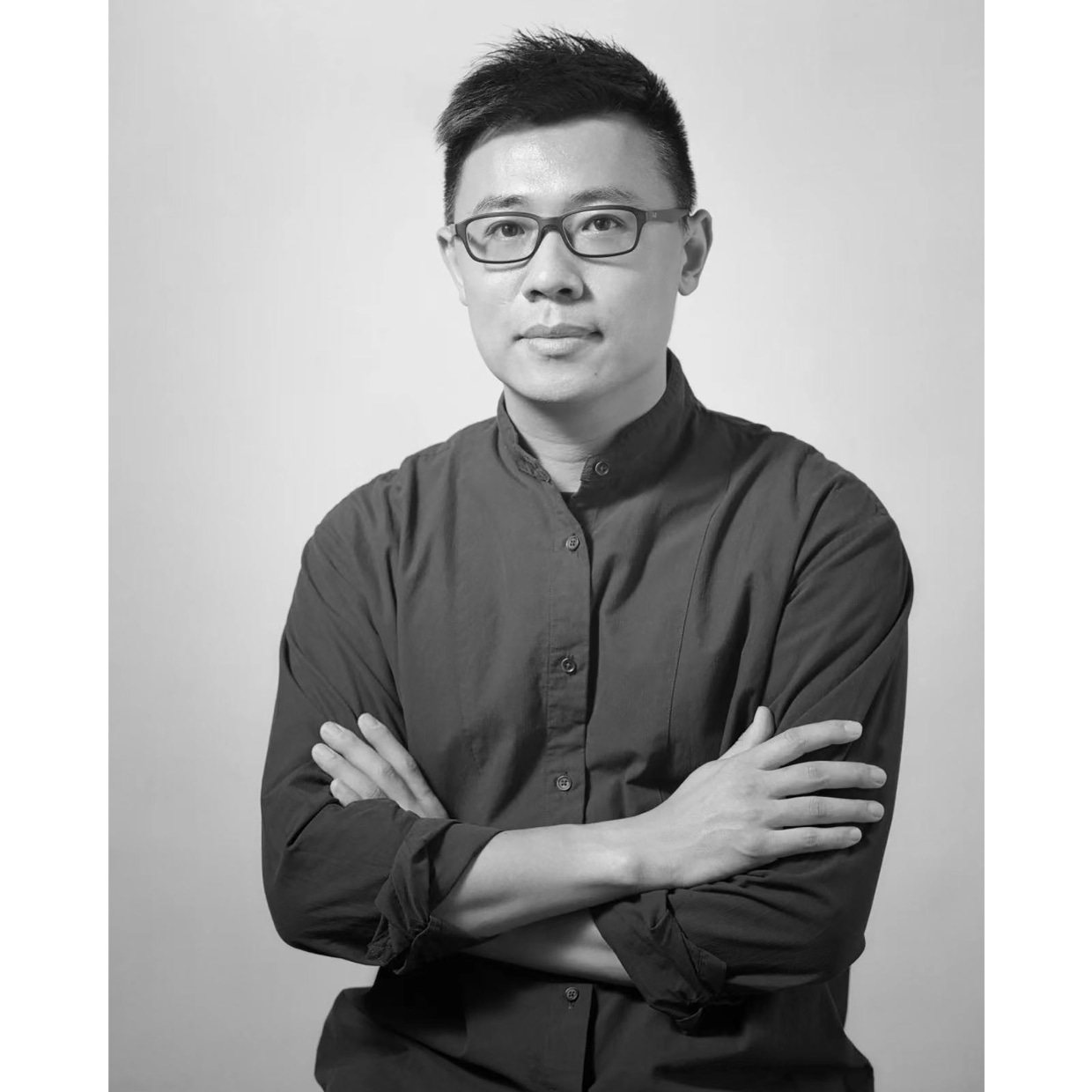 Portrait of Sun Yan
Portrait of Sun Yan -
 Portrait of Wang Shiran
Portrait of Wang Shiran -
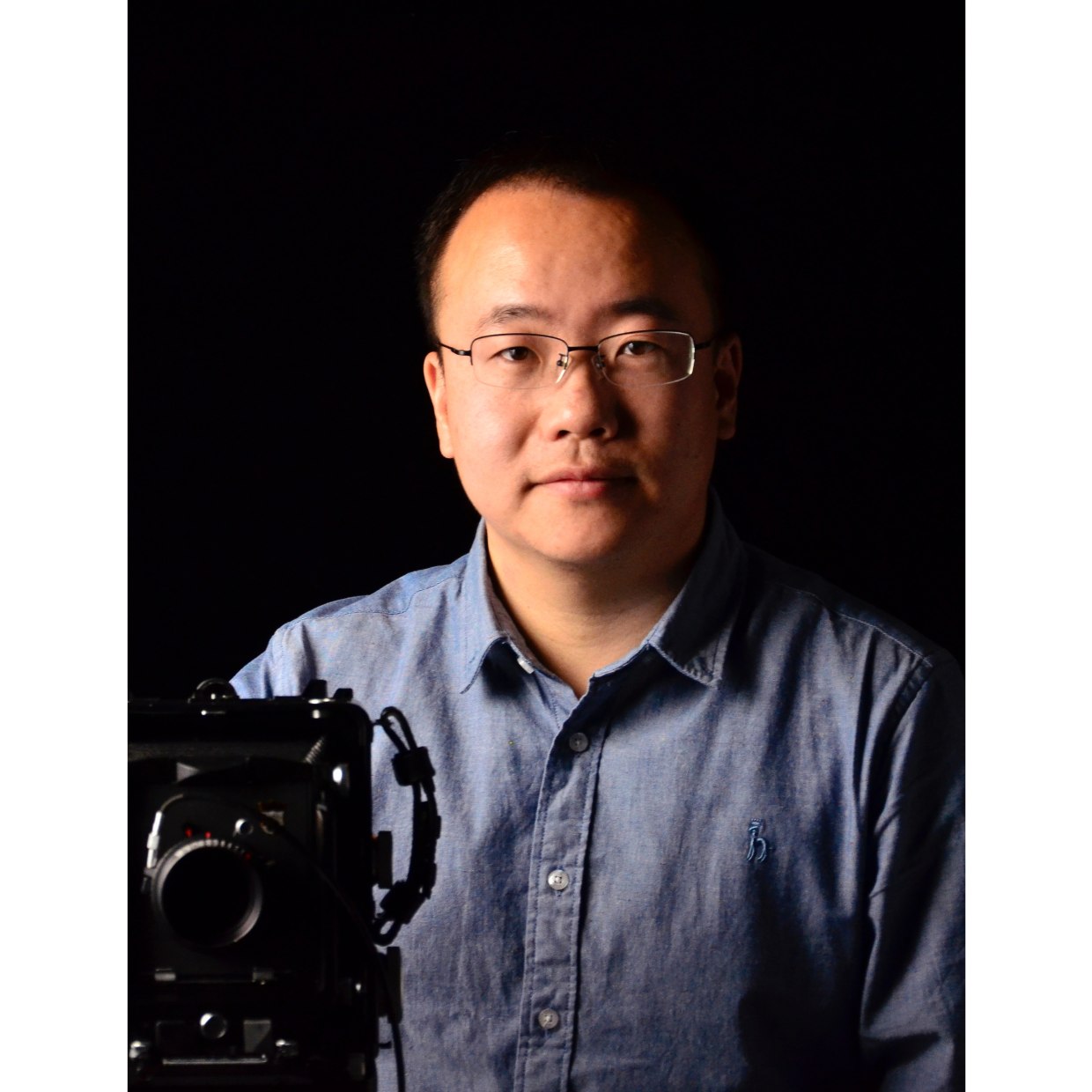 Portrait of Wang Wei
Portrait of Wang Wei -
 Portrait of Wang Wenbo
Portrait of Wang Wenbo -
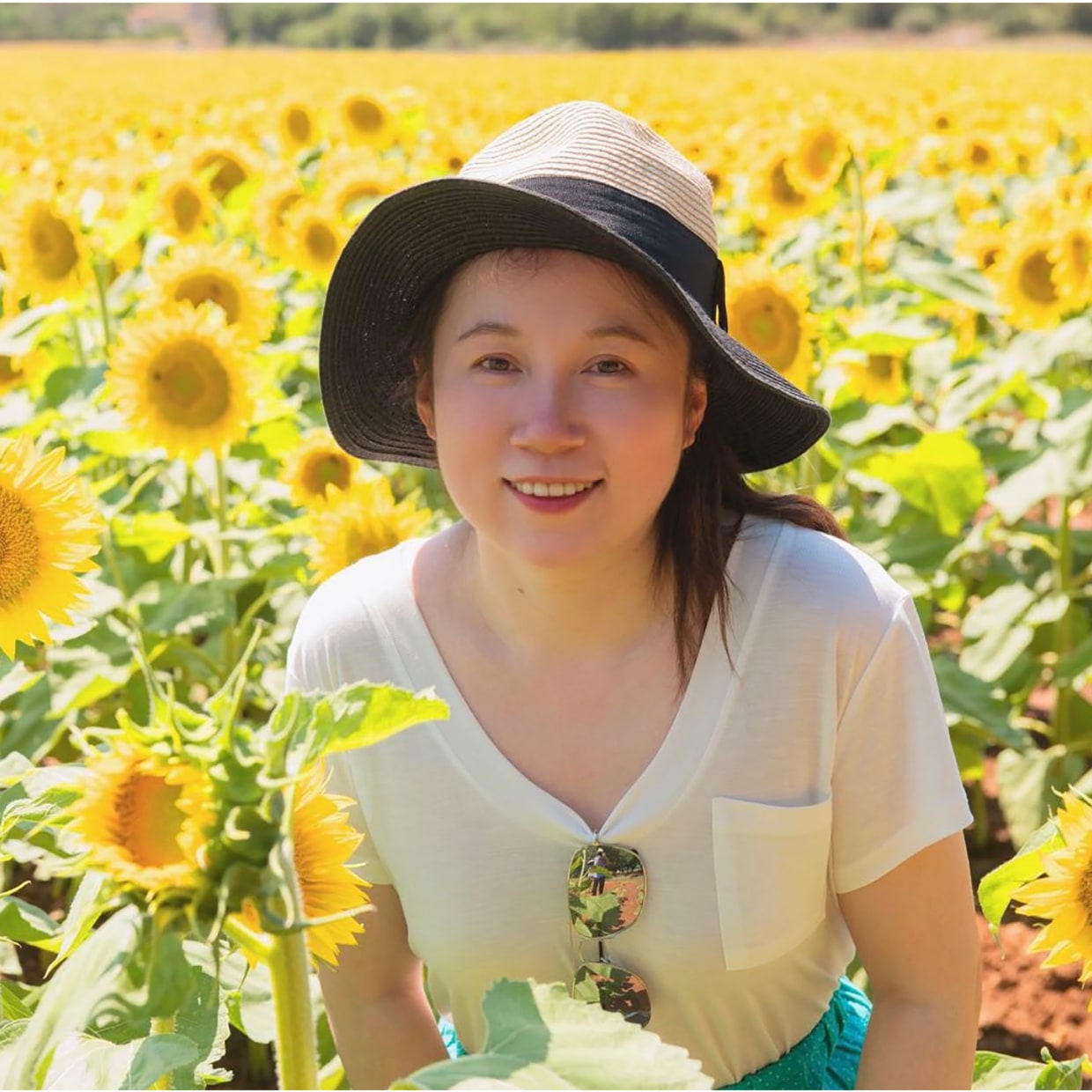 Portrait of Zhang Yinghan
Portrait of Zhang Yinghan -
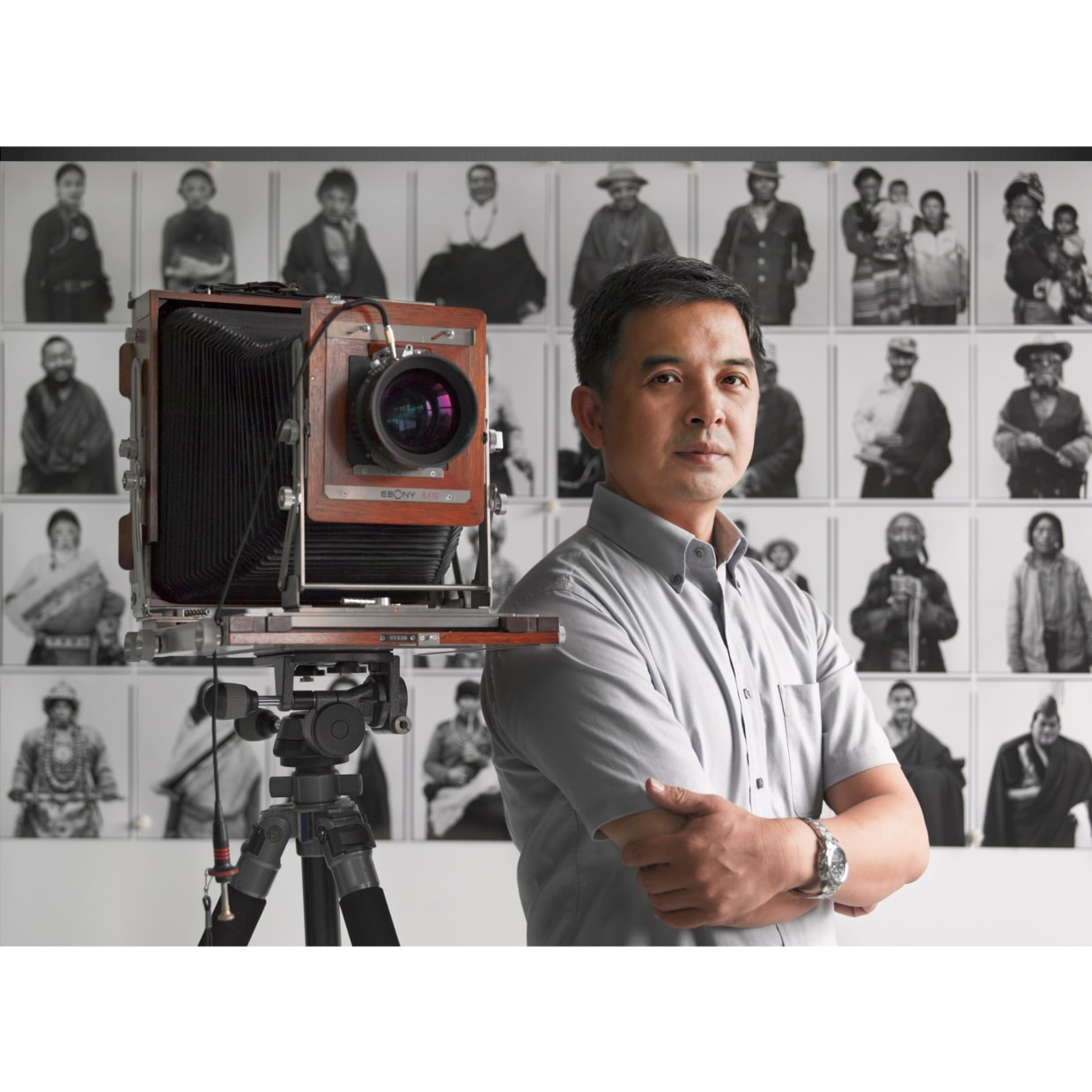 Portrait of Feng Jianguo
Portrait of Feng Jianguo -
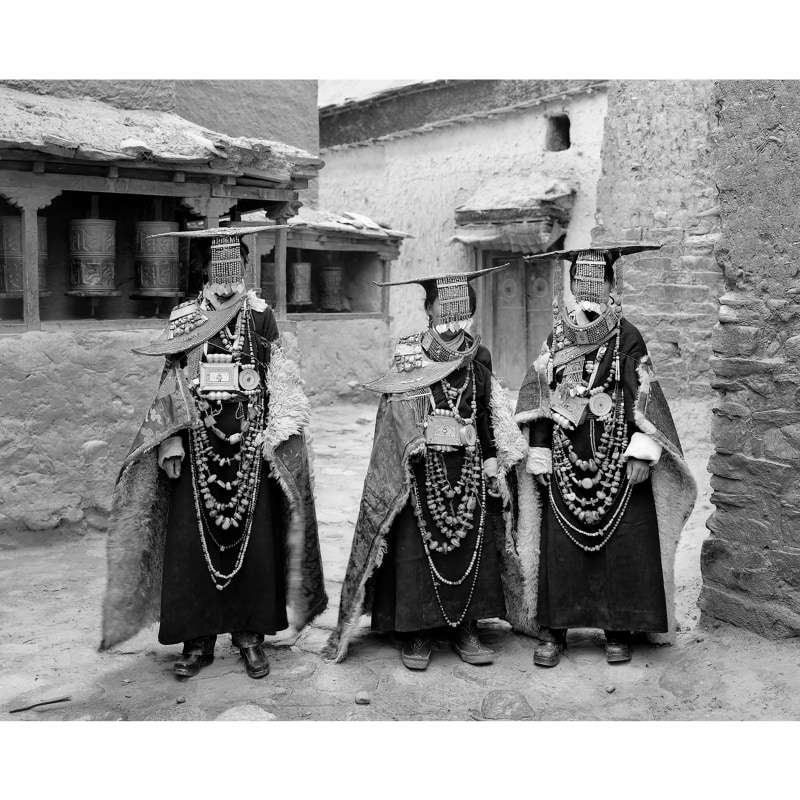
Feng Jianguo, "Women in splendid attires, Burang, Ngari, Xizang, 2003", Gelatin silver print photo, 70cm x 90cm. Courtesy of the artist.
-

Degjinhuu, "00977. Evenk Twins, 2019, Evenk Autonomous Banner, 2019". Inkjet printing, 297 x 420 mm. Courtesy of the artist.
-
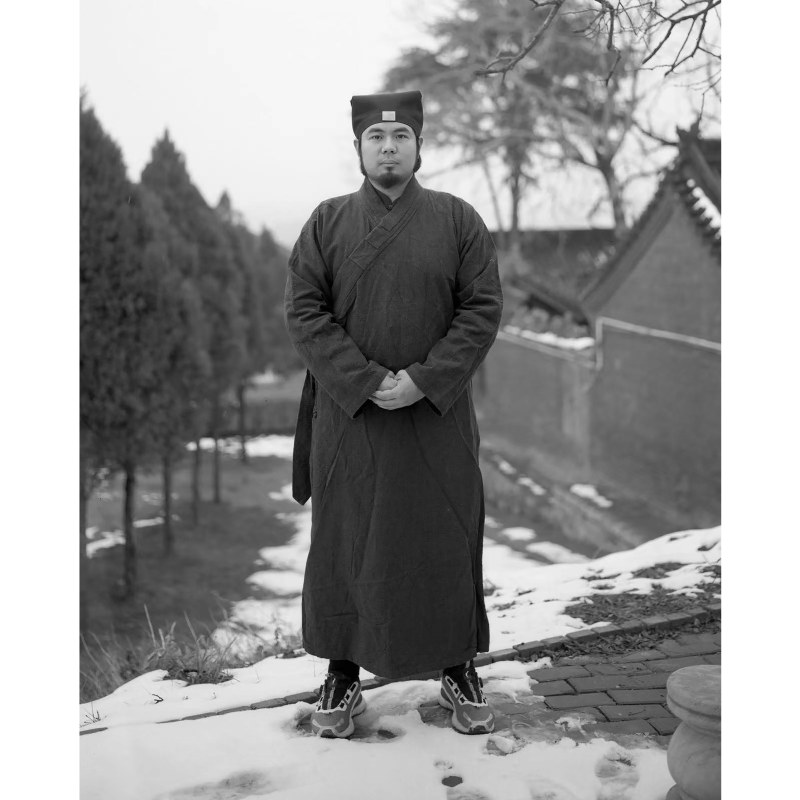
Ma Haoran, " Yu Xiang -- The Portraiture of Henan People", 2021. Archival pigment print on Hahnem üehle Photo Rag Baryta, 150 x 120cm. Courtesy of the artist.
-

Sun Yan, “The Girls, NO.2, Digital Surfaces”, 2022. Archival pigment print, 137cm x 110cm. Courtesy of the artist.
-
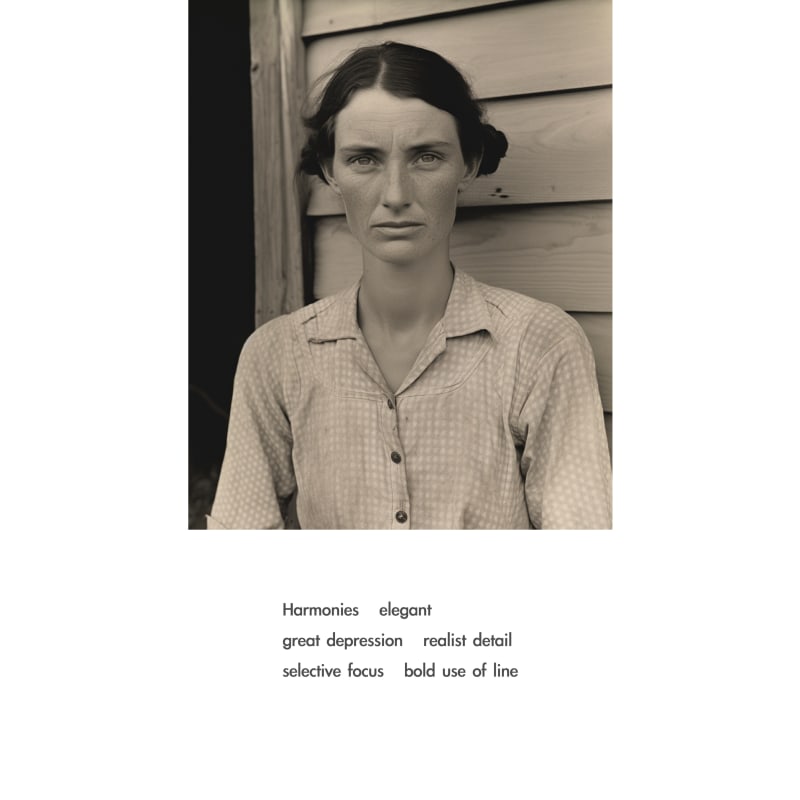
Wang Shiran, "Describe Walker Evens", 2023. Archival pigment print, 50 x 25cm. Courtesy of the artist.
-

Zhang Yinghan, "Grabbing Coal, Halwusu, Inner Mongolia, December 2017", 2017. Archival pigment print, 180 x 85cm. Courtesy of the artist.